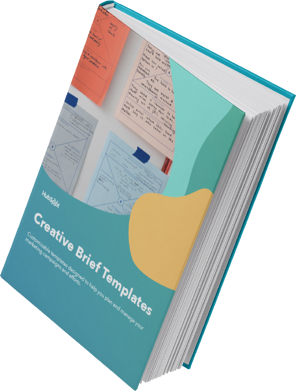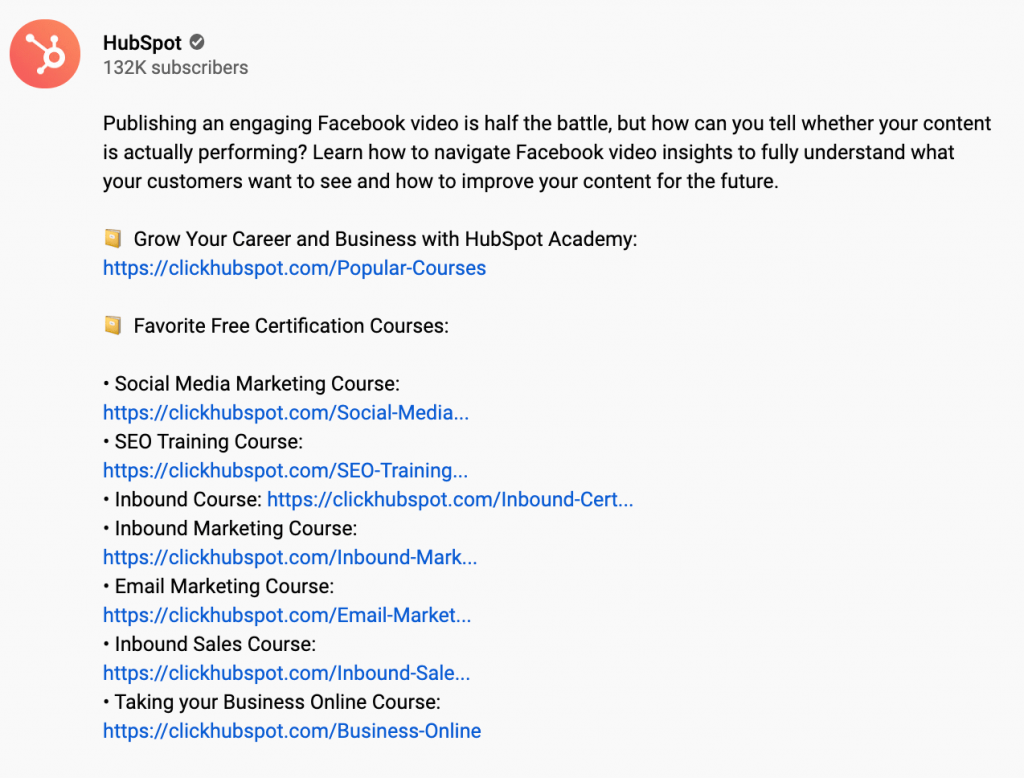How to Write a Content Brief [Template + Examples]

By lbrowning@hubspot.com (Laura M. Browning)
I’ve worked in a lot of different industries — as a freelancer, as a manager of freelancers, as a marketer, as a writer — and you know what never changes? The need for content creators to be crystal clear on their assignments.
One of the simplest ways to achieve this is to write content briefs.
Don’t be deceived, though: Even though a content brief is simple, it’s still important to get it right.
Table of Contents
What is a content brief?
A content brief is a short document — if you can keep it to a page or two, everybody will be happy — that’s a guide or blueprint for creating content.
The specifics will vary depending on the kind of content you’re creating and who the brief is for, but it should anticipate and answer top-level questions about content, format, communication, and so forth.
If you manage freelance writers, a content brief will be a lifesaver for both you and your writers — and that’s only a slight exaggeration. Your content briefs will describe exactly what’s expected of the writer, including any required subheadings, target word count, and deadlines.
If you work on a project with multiple partners at multiple organizations, a simple content brief will give everybody a single source of truth.
Content Briefs vs. Creative Briefs
Although they sound similar, content briefs and creative briefs serve different purposes. A creative brief outlines a campaign, and may include more extensive messaging, deliverables from multiple contributors, and other details that give shape to the entire campaign.
A content brief focuses on a specific piece of content — my examples below are for written content, but you could use the same elements to create a content brief for videos, podcasts, or anything else you’re producing. If you’re using software like Content Hub, a brief will be the foundation for each piece of content.
Importance of Content Briefs
Sure, you could try to muddle through without one, but they save more time than they take to write.
I once worked on a project with several external partners, and other than Slack and Google Docs, nobody used the same organizational tools, and it caused a lot of frustration and confusion.
I pulled together a generic content brief that could be iterated on for specific assignments. It included approved messaging, links to all the documents that everybody was working on, and major deliverables and deadlines. You could almost hear the sigh of relief in the Slack channel.
I used to do some freelance writing, and my favorite client was the one that had the best content brief. Writing for a new client can be intimidating, even for experienced writers, because you have to learn a new style …read more
Source:: HubSpot Blog








